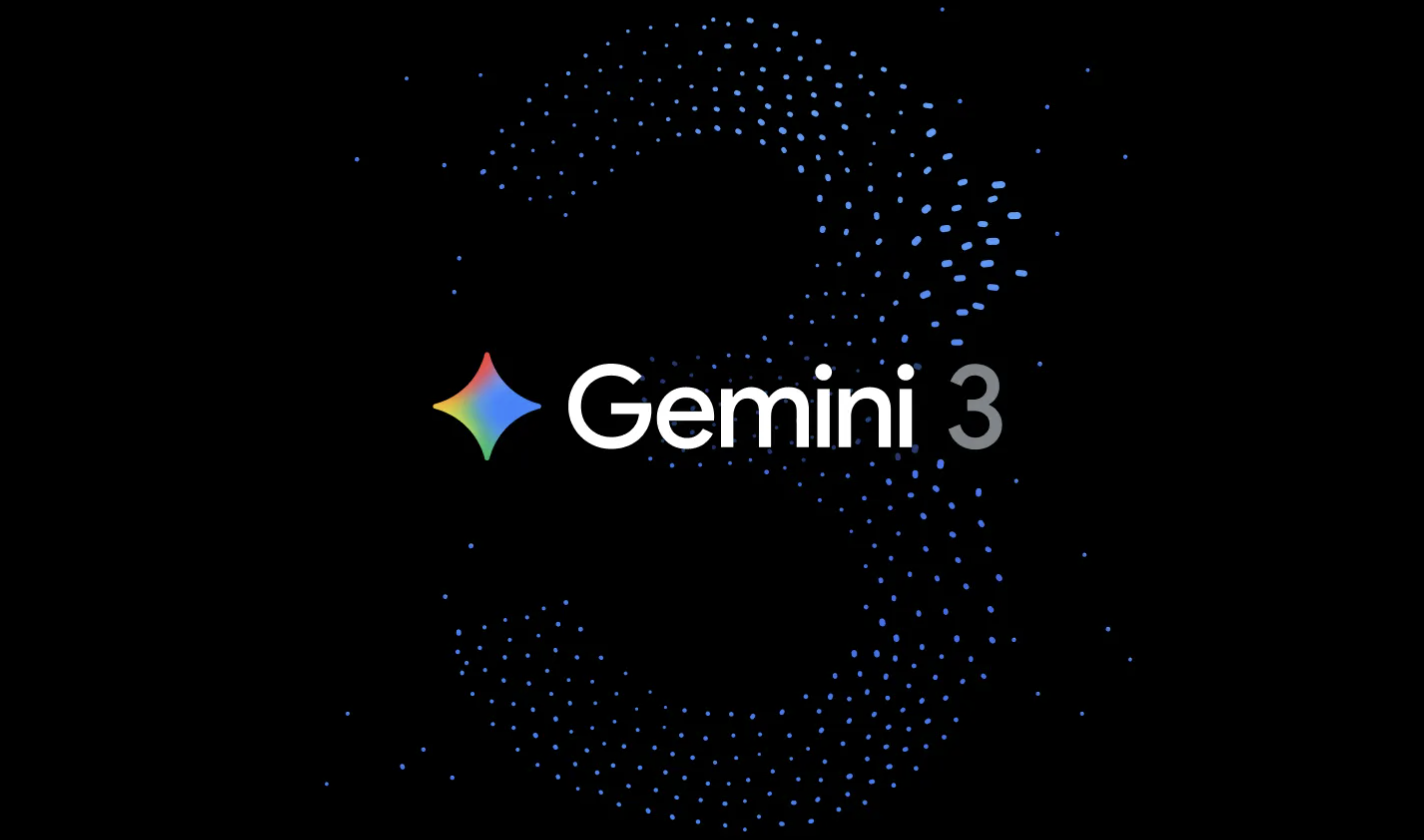3 Ways You & Your Students Can Use Microproductivity
Practicing microproductivity by breaking large tasks down into smaller, easier-to-complete ones, can save time and help educators and students tackle daunting projects

Microproductivity is the practice of breaking large difficult tasks into smaller, more manageable “chunks” or “microtasks.” It is also called project decomposition, and writers have referred to it as “chunking,” but that’s not to be confused with a memorization strategy of the same name.
Whatever you call it, I’ve recently become obsessed with the approach. I use it for writing, grading, and making progress on large passion projects I’m involved with outside of work.
Now more than ever before students in my classes seem to be struggling with motivation. Using microproductivity strategies has helped many of them get back on track.
Here are some examples of how it works and why.
1. Microproductivity Helps You Get Started on a Task
“Rome wasn’t built in a day.” “A journey of a thousand miles begins with a single step.” Insert whatever cliche you want, but it’s true that sometimes getting started is the hardest part.
A writing student in my workshop class found it daunting to read and respond in detail to multiple 15-page submissions from classmates each week. I encouraged that student to break up the assignment into as small components as possible. We had about 45 pages of reading in a week, so I suggested dividing that into roughly six-and-a-half pages per day, and even, if plausible, splitting that into two sessions of just over three pages per session. This provides a far less daunting bite-size amount of work that can be done between other tasks.
2. Microproductivity Helps You Maximize Shorter Blocks of Time
One of microproductivity’s key selling points is that it can allow you to utilize short blocks of time more efficiently. Writers, myself included, frequently prefer large uninterrupted periods, say three hours or more, to focus on getting in a groove with writing. Many of us feel we’re more efficient in the latter half of these longer writing sessions, once we’ve settled into the proper mindset.
Tools and ideas to transform education. Sign up below.
This all may be true with writing and other endeavors, but don’t let the perfect be the enemy of the good. Finding small steps that you can complete in a half hour or 15-minute break between meetings still adds up by the end of the week. You may not be as efficient during these windows as you might be with a longer period of uninterrupted time, but it still helps. The more I force myself to focus and complete small writing tasks, even when I only have a few minutes to jot down a few sentences, the more I realize that being in a “groove” doesn’t count for as much as I once thought it did, at least for me personally.
3. Microproductivity May Work Due to Goal Setting Theory
I find digging into microproductivity and setting easy-to-accomplish tasks can help motivate me. For instance, I was recently struggling to build momentum with a new book project. I decided to create a very low bar of writing 300 words per week. Since this goal was so minimal I was able to consistently meet it, and it has relieved some of the pressure. I also find that I often surpass the 300-word-per-week target.
These and other microproductivity strategies may succeed as a result of what scientists refer to as Goal Setting Theory, a work motivation concept that suggests that setting specific goals boosts motivation.
Whatever the reasons, I’ve found microproductivity strategies to be effective for me and helpful for many students. Microproductivity doesn’t eliminate the work we need to do as students and educators, and is not a cure-all for overwork. It can, however, help us all be a little more efficient, and as most educators already know, small but consistent gains add up over time.
Erik Ofgang is a Tech & Learning contributor. A journalist, author and educator, his work has appeared in The New York Times, the Washington Post, the Smithsonian, The Atlantic, and Associated Press. He currently teaches at Western Connecticut State University’s MFA program. While a staff writer at Connecticut Magazine he won a Society of Professional Journalism Award for his education reporting. He is interested in how humans learn and how technology can make that more effective.

